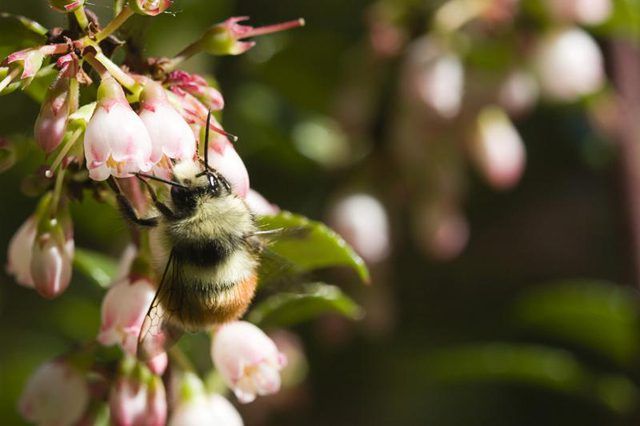Bulbs
Flower Basics
Flower Beds & Specialty Gardens
Flower Garden
Garden Furniture
Garden Gnomes
Garden Seeds
Garden Sheds
Garden Statues
Garden Tools & Supplies
Gardening Basics
Green & Organic
Groundcovers & Vines
Growing Annuals
Growing Basil
Growing Beans
Growing Berries
Growing Blueberries
Growing Cactus
Growing Corn
Growing Cotton
Growing Edibles
Growing Flowers
Growing Garlic
Growing Grapes
Growing Grass
Growing Herbs
Growing Jasmine
Growing Mint
Growing Mushrooms
Orchids
Growing Peanuts
Growing Perennials
Growing Plants
Growing Rosemary
Growing Roses
Growing Strawberries
Growing Sunflowers
Growing Thyme
Growing Tomatoes
Growing Tulips
Growing Vegetables
Herb Basics
Herb Garden
Indoor Growing
Landscaping Basics
Landscaping Patios
Landscaping Plants
Landscaping Shrubs
Landscaping Trees
Landscaping Walks & Pathways
Lawn Basics
Lawn Maintenance
Lawn Mowers
Lawn Ornaments
Lawn Planting
Lawn Tools
Outdoor Growing
Overall Landscape Planning
Pests, Weeds & Problems
Plant Basics
Rock Garden
Rose Garden
Shrubs
Soil
Specialty Gardens
Trees
Vegetable Garden
Yard Maintenance
How to Plant & Care for Huckleberry Bushes
How to Plant & Care for Huckleberry Bushes. Evergreen huckleberry bushes (Vaccinium ovatum), native to the western U.S., grace gardens with dainty, spring flowers, glossy foliage and plentiful fruit. Wild huckleberries such as mountain huckleberry (Vaccinium membranaceum) and Cascade huckleberry (Vaccinium deliciosum) are not cultivated, according...

Evergreen huckleberry bushes (Vaccinium ovatum), native to the western U.S., grace gardens with dainty, spring flowers, glossy foliage and plentiful fruit. Wild huckleberries such as mountain huckleberry (Vaccinium membranaceum) and Cascade huckleberry (Vaccinium deliciosum) are not cultivated, according to the Wild Huckleberry Association. They're hardy in U.S. Department of Agriculture plant hardiness zones 5 through 9. The University of Idaho is working on domesticating these huckleberries.
Planting Considerations
Evergreen huckleberry needs an acidic soil with a pH around 4.5 to 6. Good drainage is required, with a high organic content of a material such as peat. Bushes grow best from transplanting established container plants over 1 year old rather than from direct sowing of seeds. Dig a planting hole about 6 inches wider than the container size and about the same depth. After unpotting the huckleberry, place it in the hole with the soil level of the container plant even with the existing garden soil level. Fill around the root mass with some of the excavated soil, firming the soil in place. Water the plant thoroughly.
Water and Fertilizing
One of evergreen huckleberry's native habitats is as an understory plant in redwood forests, which indicates its moisture needs. Plants need regular watering, applying enough water when the top 1 inch of soil becomes dry so that the water penetrates the root zone. Evergreen huckleberry doesn't have high fertilizer needs. Choose a product suited for acid-loving plants such as water soluble 30-10-10. Dissolve 1 tablespoon in each gallon of water used and soak the root zone every two weeks while the plant is blooming and forming fruits.
Light and Pruning
Evergreen huckleberry grows in full sun or partial shade, producing more fruits in a sunny location. If located in full shade, the bush grows but probably won't produce flowers or fruits. The bush has a tidy growth habit and needs little to no pruning. If you harvest branches for floral arrangements, use the opportunity to shape the plant. Make the harvesting cut above a leaf in an area where you want the plant to become bushier. Before any pruning, clean the shears with a cloth soaked in rubbing alcohol to prevent disease transmission.
Pests and Diseases
Evergreen huckleberry is virtually pest- and disease-free. It can sometimes get witches' broom, a fungus disease which causes abnormal, upright, thickened branching. Prevent it by not growing fir trees (Abies spp.), hardy in USDA zones 2 through 7, with variation depending on the species, which are the alternate hosts for the disease, within 1,000 feet of the bushes. Prune off the branches with abnormal growth and destroy them.
Evergreen Huckleberry
Evergreen huckleberry grows slowly to about 8 feet tall in USDA zones 7 through 9. It makes a slow-growing, tidy garden plant. Clusters of dark, blue-black fruits have a rather sweet, strong taste but somewhat dry texture. They're used fresh and in jams and pies. "Thunderbird" evergreen huckleberry (Vaccinium ovatum "Thunderbird") grows in USDA zones 6 through 8, reaching about 6 feet tall and 5 feet wide. Pinkish urn-shaped flowers follow reddish-bronze new growth in spring.